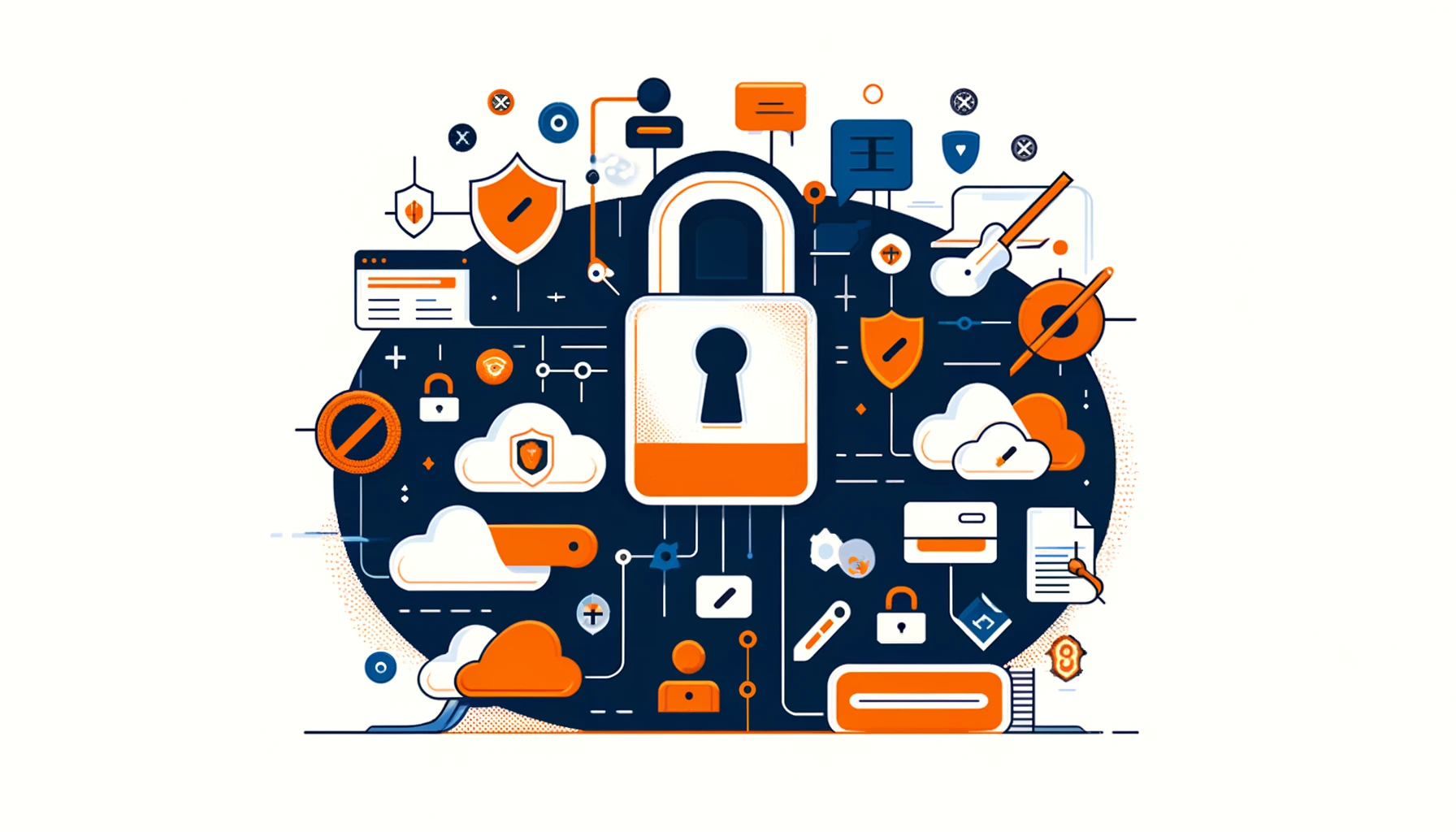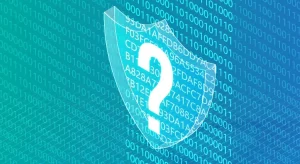
What is Database Security

Nowadays information has great power. If you have access to sensitive data, you can do everything with it. It depends only on your imagination. As we know, all data are stored in databases. The reputation, efficiency, and profitability of many companies often depend on the private information they collect and store in databases. One of the most dangerous things that could happen with your database, is a data breach. Information leaks threaten companies not only with reputational risks but also with large financial losses.
Recent research has shown that privacy and accessibility violations for each entry range from $100 to $240. The largest fine for a data breach was paid by the Uber app. The company paid a fine of $148 million after the cybercriminal published information about the breach. That is why it is essential to keep your database safe. To understand what we should do to protect the database, we need to clear up what the database security is.
Database security consists of different tools and controls, which are determined to create and keep safe the confidentiality, integrity, and availability of the database. You should remember that you need to use a complex solution for that because it is not as easy a process as you may think. In this article, we will try to understand how to protect your data and databases.
Common Database Security Threats
A lot of factors could influence database security. It could be unintentional damage from the user or a malicious attack with exploits, and even force of nature. Now let’s review what can affect a database:
1. Physical impact
Most databases are stored on dedicated servers, which must be located in a specific room with access control. Only IT personnel and a database administrator should have access to this room. Also, the server room must provide a climate control environment to avoid overheating, fire, flooding, and other disasters.
2. DOS and DDOS-attacks
These attacks are the most popular way to disable databases. In such attacks, the attacker sends a huge number of requests to the database server that the server cannot handle, thereby incapacitating it.
3. Unauthorized access
To avoid abuse and errors of the database, users should have the lowest possible privileges, and the password policy should be strong. Just follow some simple requirements:
- The password must be a combination of letters, numbers, or special characters;
- Passwords should be changed frequently and kept secret;
- Do not use default passwords, change them immediately after authorization;
- Set up two-step verification for the administrator account.
4. SQL injections
It is important to ensure that the DBMS you are using is still supported by the vendor or open source project responsible for it. Moreover, you should always update the software and install security patches to remove known vulnerabilities. For example, the attacker sends SQL queries that are processed by third-party applications that interact with the database. Thus, unauthorized users can gain access to private information.
5. Human factor
You need to know who, when, and how is using the data. Transparency is a key element of fraud prevention, helping to not only detect leaks immediately but also prevent them.
6. Unencrypted data
Data should not only be transmitted through encrypted channels, but it should also be encrypted during storage. Thus, even if intruders manage to get hold of the information, they will not be able to use it, as it will be a meaningless set of characters.
7. Absence of backup
You should always back up your files and protect them as the main database. It will help you in different situations. Companies that provide cloud backup tools usually create a robust security infrastructure themselves. This method of backup is considered one of the most practical.
To ensure reliable database security, you need to implement a special tool or software. DataSunrise Database Security Suite is a unique combination of tools that can protect more than 26 database types, including one of the most popular MySQL. Of course, we are protecting it too, but let’s see what MySQL database users can do themselves to be protected.
How a User Security Is Implemented in MySQL
MySQL is one of the best available open-source databases. However, when users install it, it won’t be in its best security configuration, so MySQL users will have to make it so. MySQL’s security works by limiting both the users who have access to a database and what they are allowed to do once they have access. In this situation, one needs to think carefully about who is allowed to read and write to particular database tables and which users have permission to delete tables or use other MySQL features. You should take into account the following best MySQL database security practices:
- Get information on all current users and their privileges. You need to understand which users have access to the database(s). This information is stored in a MySQL database called mysql in the table users.
- Create a new MySQL user with just the necessary privileges. Do not give new users excessive privileges.
- Delete the default database and anonymous/old users’ accounts. These are the elements most commonly targeted by hackers.
- Require all MySQL accounts to have a password. Do not use passwords from dictionaries and easy to guess passwords. Change passwords periodically.
- Use RCA, DCA, or DH algorithm to encrypt stored data. MySQL Enterprise Encryption extension provides this functionality and includes a set of encryption functions based on the OpenSSL library.
- Make sure that the only Unix user account with reading or write privileges in the database directories is the account that is used for running mysqld.
- Never run the MySQL server as the Unix root user.
- Do not grant the FILE privilege to nonadministrative users.
- Do not grant the PROCESS or SUPER privilege to nonadministrative users.
- Do not permit the use of symlinks to tables.
- Disable the use of LOCAL INFILE. This command can be used in SQL injection attacks.
Conclusion
92% of companies experiencing data breaches report negative business impacts, decreased employee productivity, and diminished profits. With the correct use of security features, the DBMS itself can already achieve acceptable protection, but protection is never superfluous. Our Security Suite helps you to protect your data in different databases. You can track users’ actions and changes, scan sensitive confidential data, and comply with different acts and laws from all over the world. Moreover, we have static and dynamic data masking, so third parties have no access to the real information. This solution, covering a complex of critical problems, will make your databases impenetrable.
